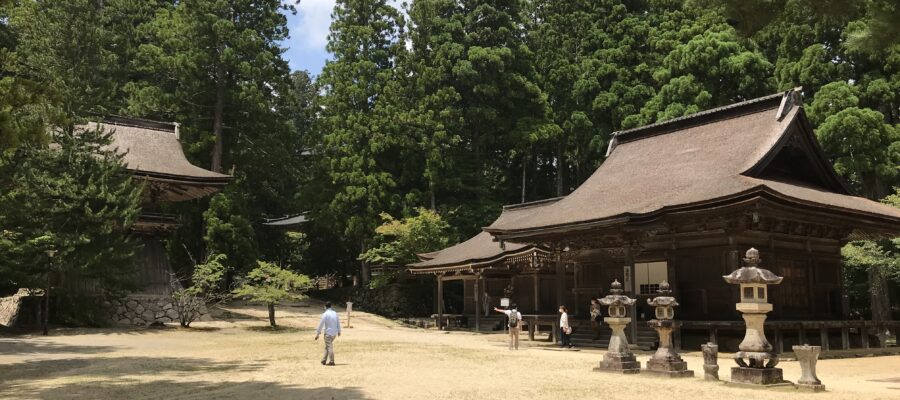【Yahoo!トラベル】取り扱い施設数が約17000施設!!国内最大級宿泊予約サイト
高野山の最初の造営
弘法大師(空海)が高野山の造営にあたり壇上伽藍から始めたと言われます。密教思想に基づいて金堂、大塔などの堂宇を建立されました。伽藍とはサンスクリット語のサンガ・アーラーマの音訳で、本来僧侶が集まって修行をする静寂で清潔な場所という意味だそうです。
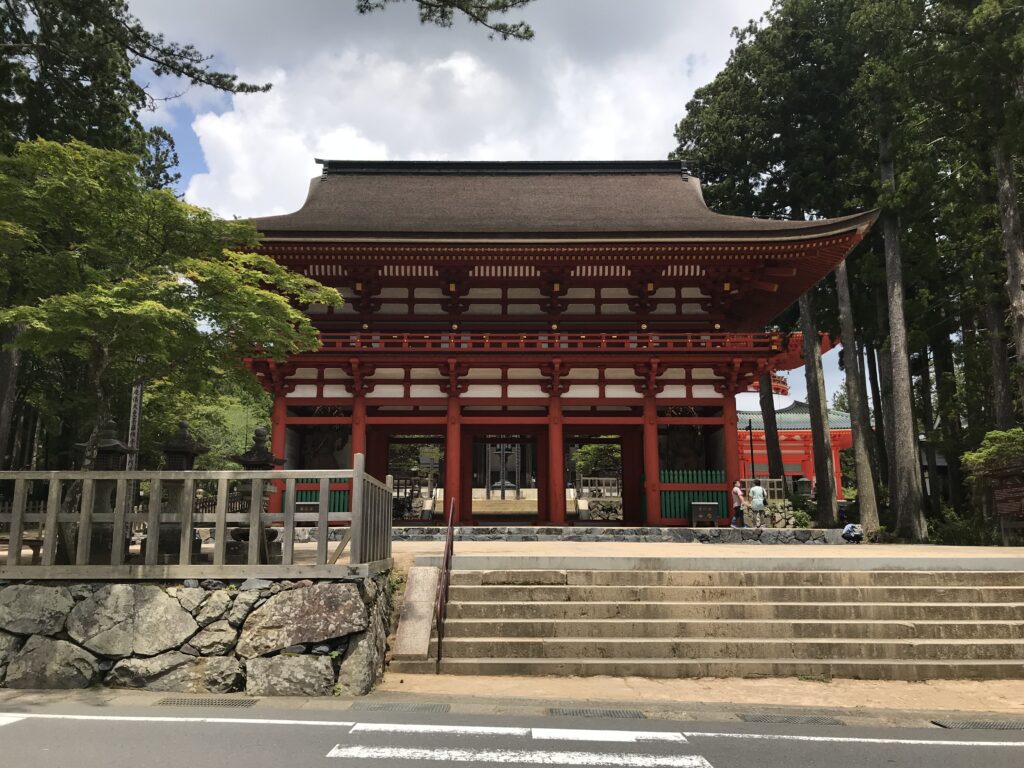
2015年に再建された新しい中門から入っていきます。ここには門の正面と裏の四隅に四天王の像が立っています。いかめしい顔ですが、知人の誰かに似ている顔もあります。名前を書いた木札を撮影していなかったので、どの像がどの四天王なのかわからないのですが、持ち物から調べてみました。
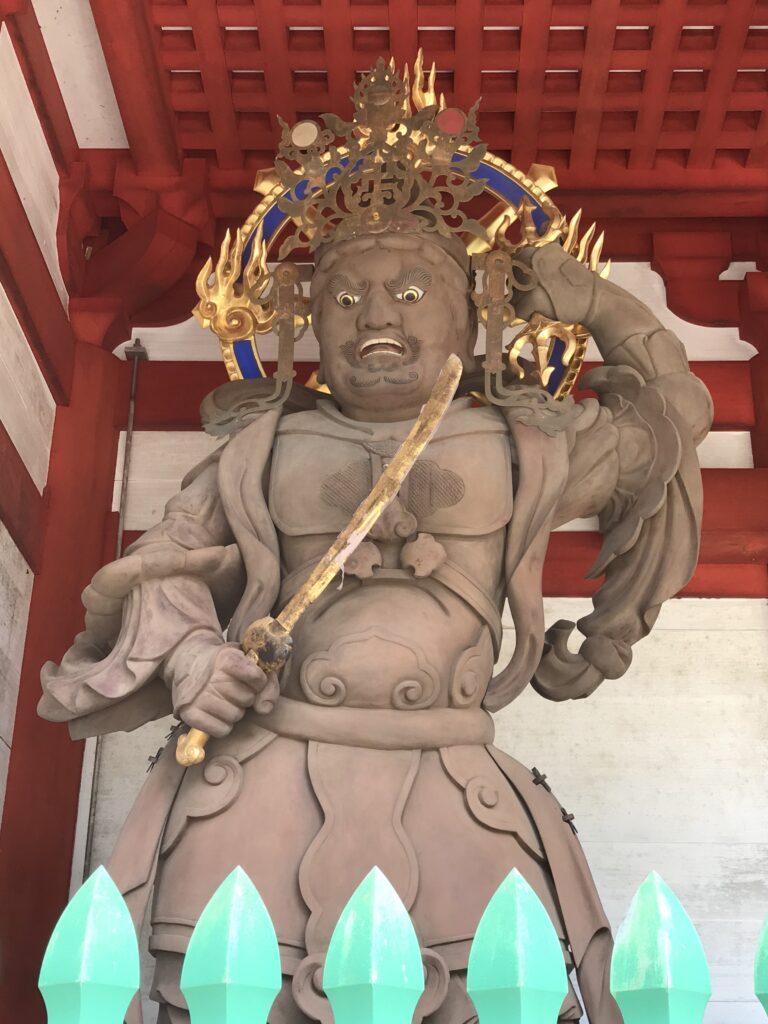
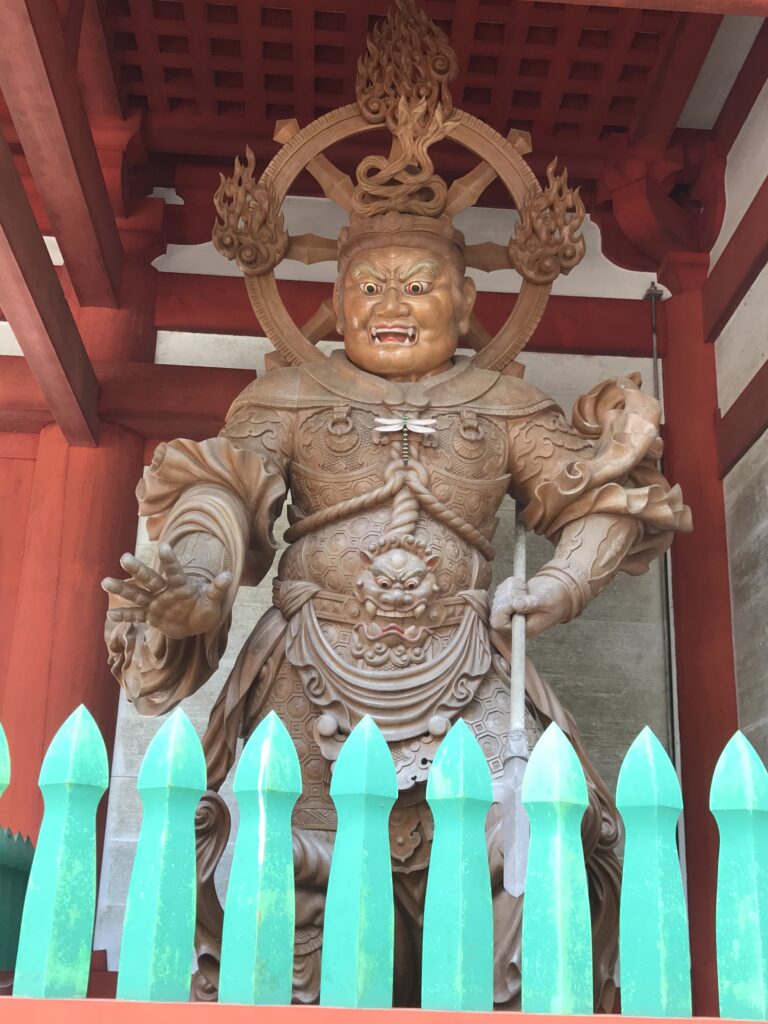
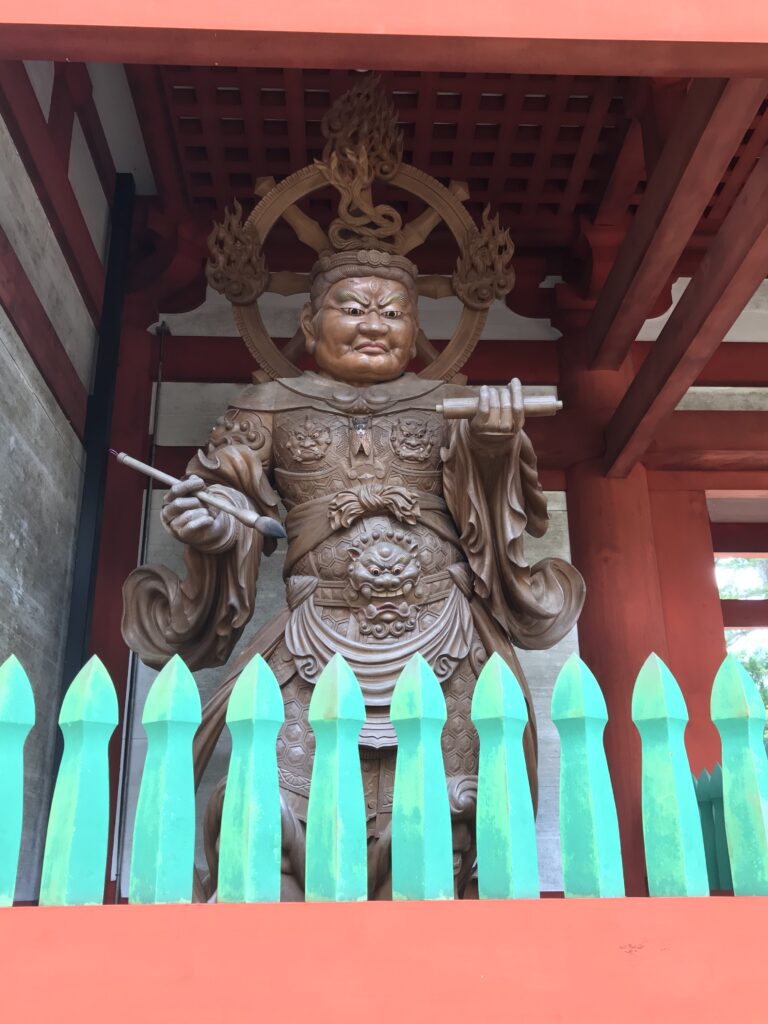
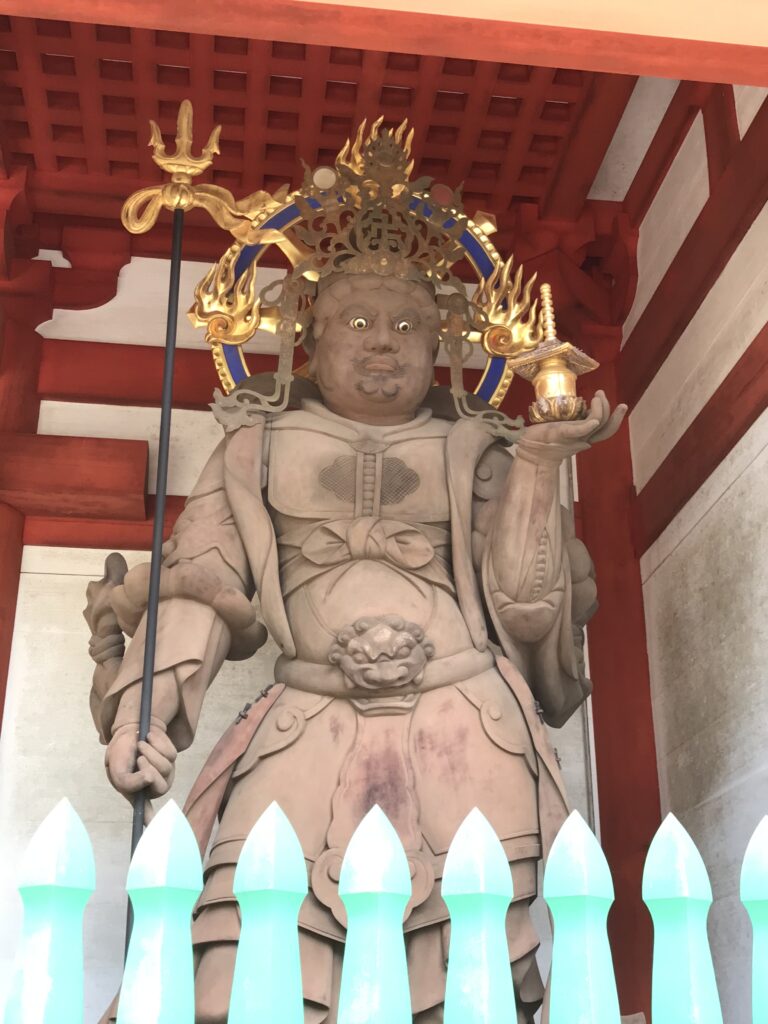
六角経蔵を一周回る
壇上伽藍には沢山の建物があります。注文をくぐって、すぐ左に人が集まっていました。六角経蔵があり、建物から突き出た棒を押して、建物の周りを一周している人がいます。チベットのマニ車のように、一周すると、経蔵に納められているお経を読んだことに相当するのかなと、勝手に解釈して、妻と一緒に一周しました。また、三鈷の松の下では、三つに分かれた松の葉を見つけると、幸運があると聞いたので、探しましたが一つも見つかりませんでした。残念!
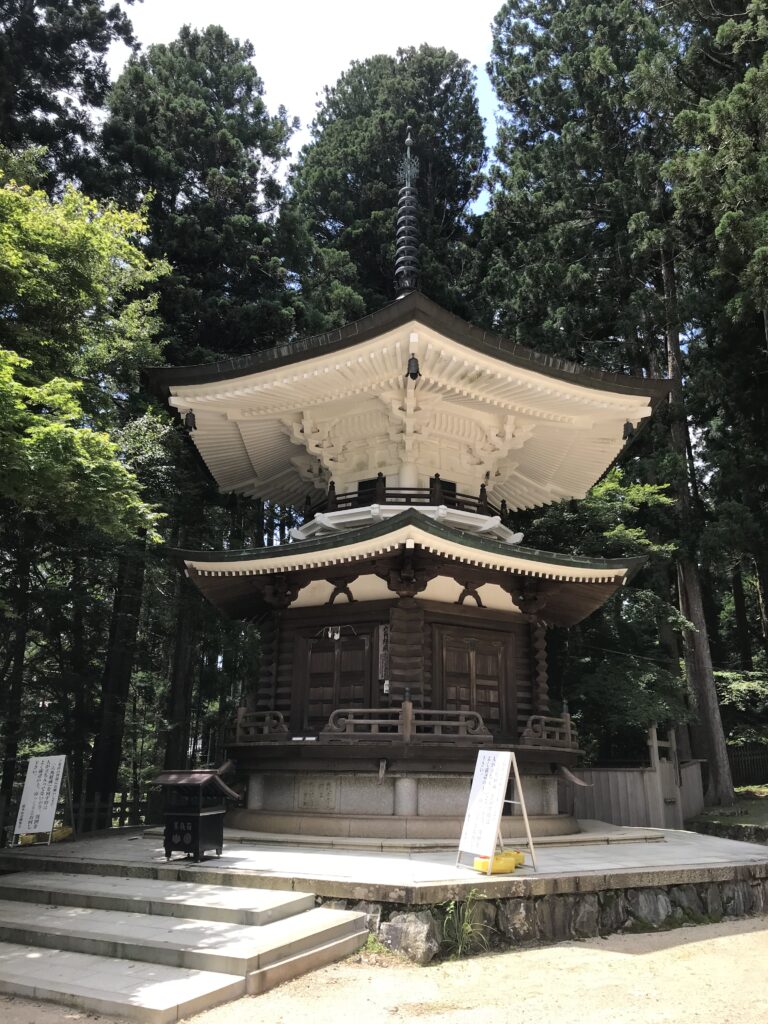
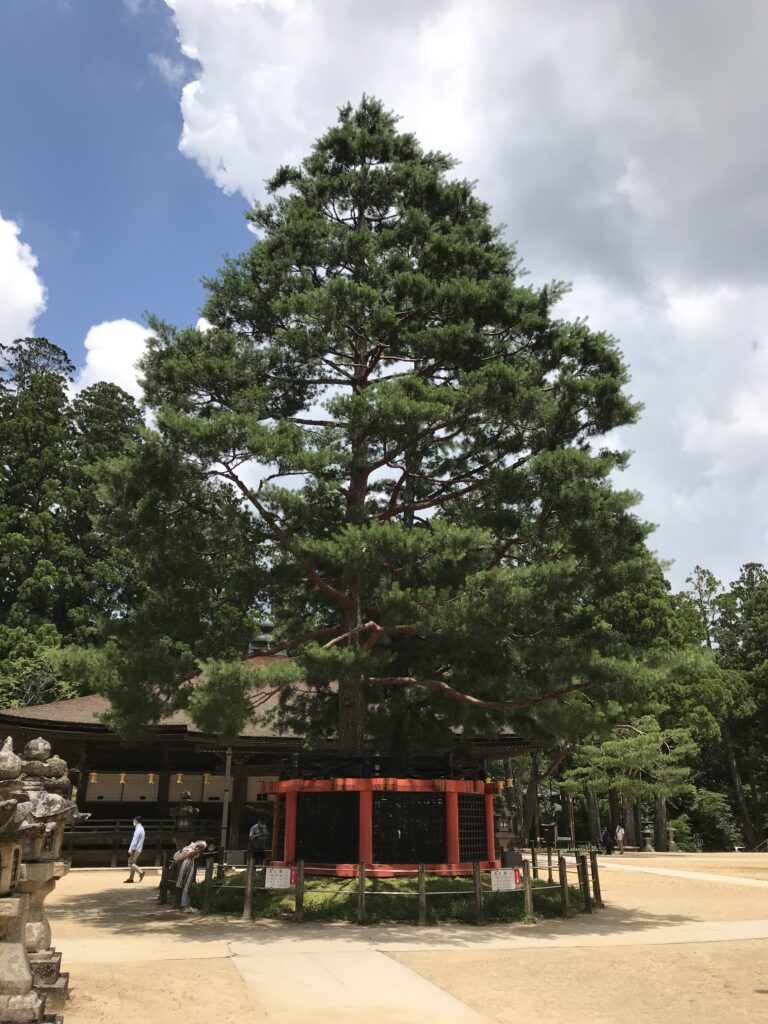
金堂では、中に入ってお参りをしました。薬師如来様をお祀りしています。真言宗なので、もちろん真言を唱えながらお参りしました。薬師如来の真言は「オン コロコロセンダリマトウギソワカ」。大好きな響きの「オン コロコロ」が入っているので、気に入っている真言です。金堂の裏から東西の写真をとりました。遠くに西に西塔の一部、遠く東に東塔の一部が見えています。
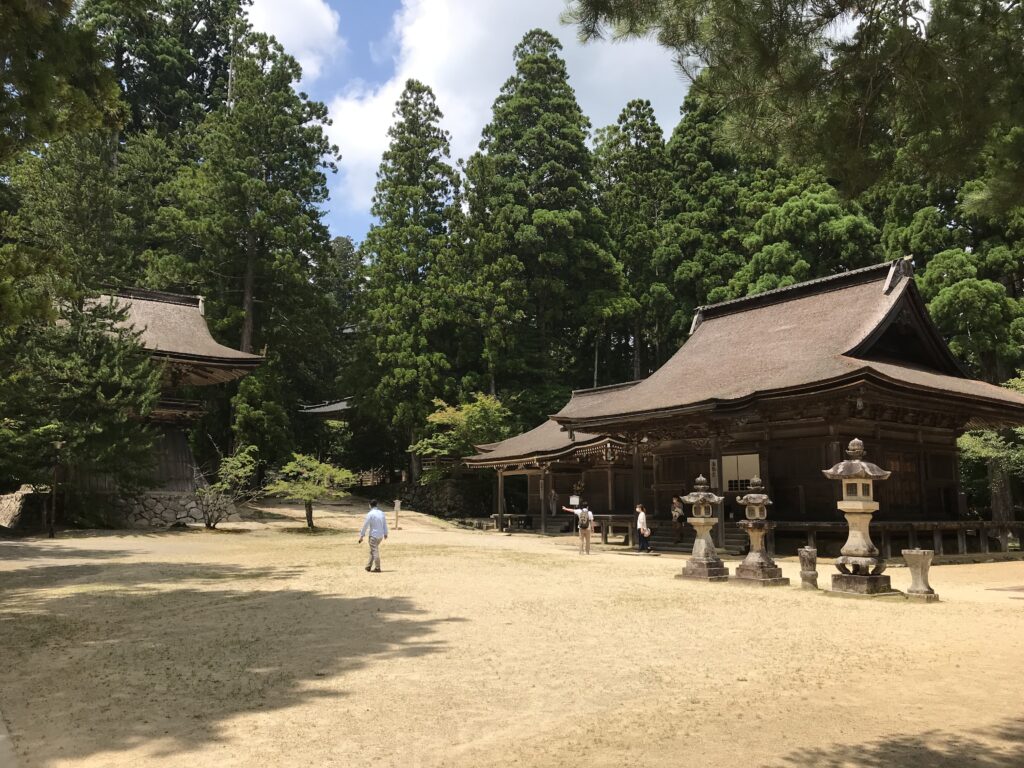
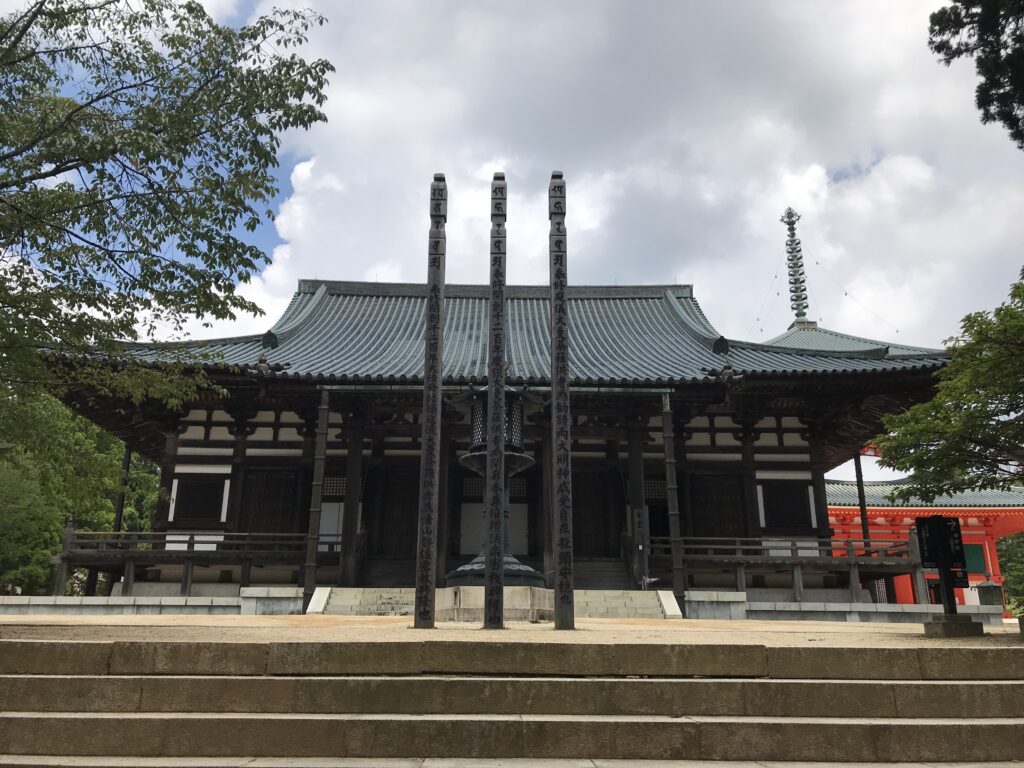
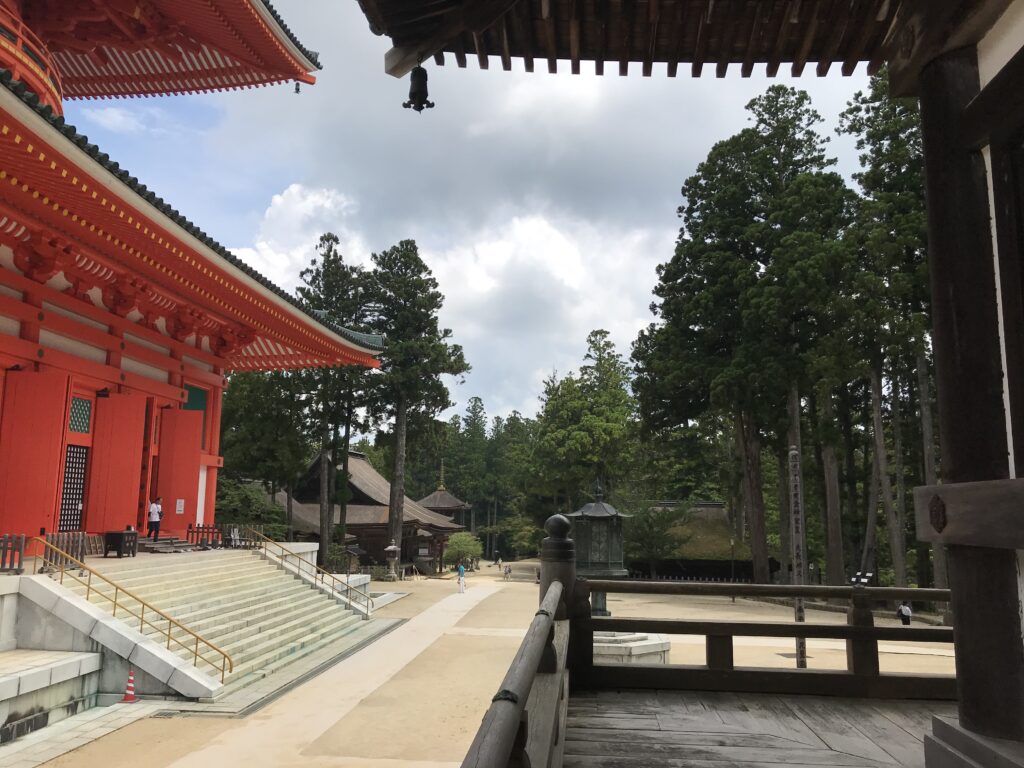
根本大塔の中で密教の世界を見る
そして、壇上伽藍のメイン建物、根本大塔に入ります。中は撮影禁止ですので、残念ながら皆さんに写真をお見せできません。是非、インターネットや現地でご覧ください。大日如来(胎蔵界)を中心に、金剛界の4つの仏像、周囲の16本の柱には16の大菩薩が描かれていて、立体曼荼羅となっています。京都の東寺にある立体曼荼羅とは、また異なる様式です。1000年以上の前の人々にとっては、ここは正に浮世とかけ離れた別世界に見えたことでしょう。洋の東西を問わず、宗教は人々に、この世のモノとは思えないモノを見せることで、信仰心を高めさせていたのかも知れません。(つづく)
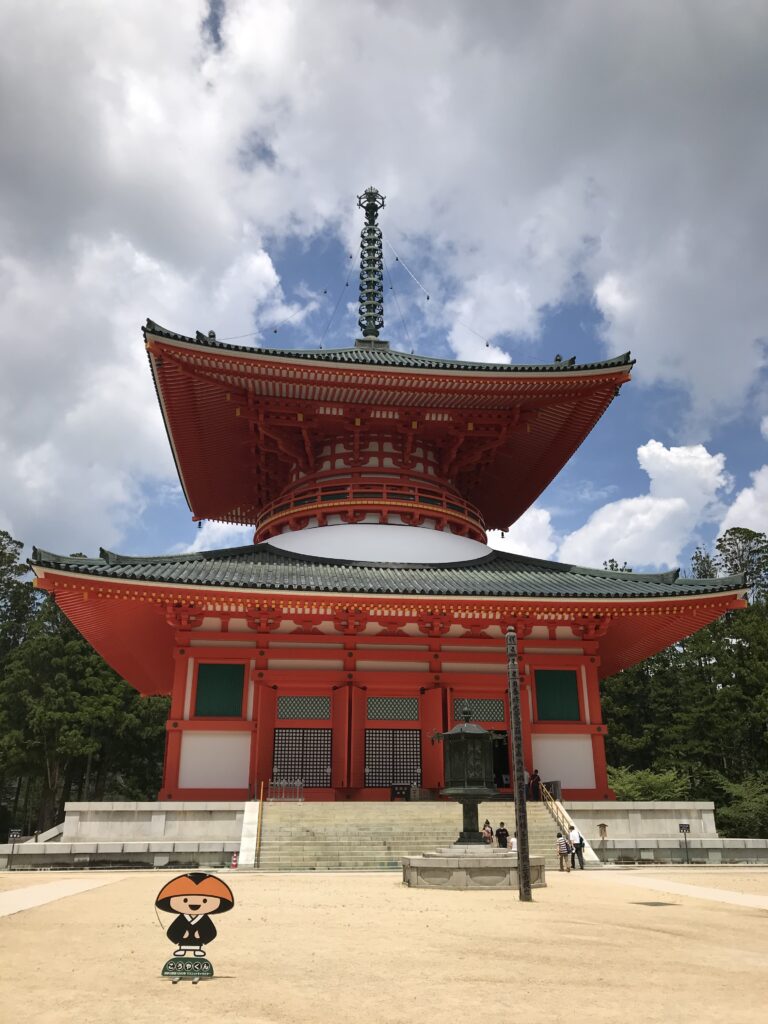
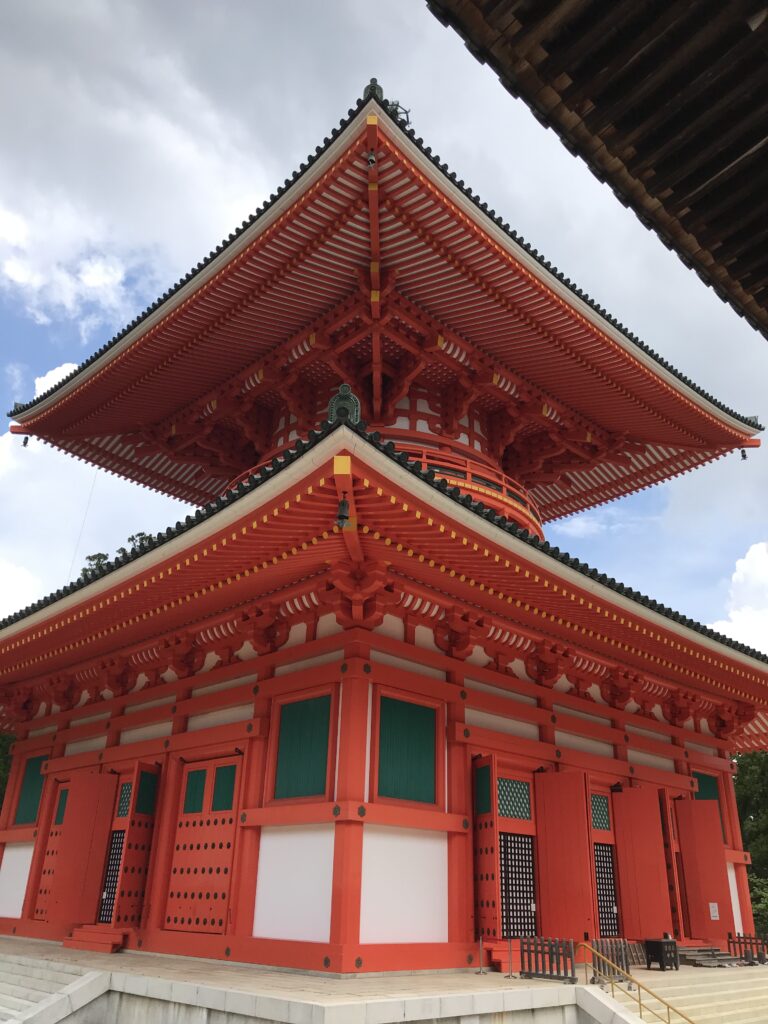
壇上伽藍の御朱印
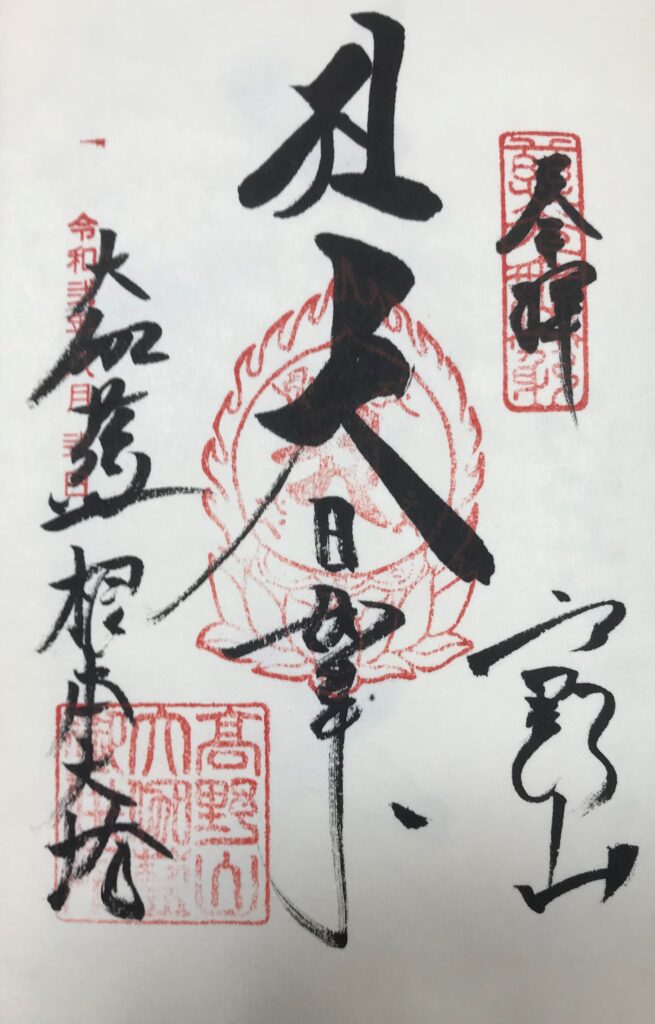
空海を紹介している書籍
司馬遼太郎さんの「空海の風景(上・下)」に空海の生涯が詳述されています。いろいろと参考になる個所が多い本です。
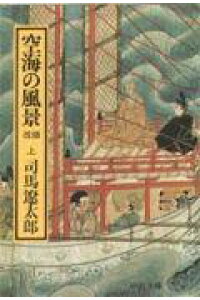
価格:754円
(2021/6/10 12:38時点)
感想(11件)
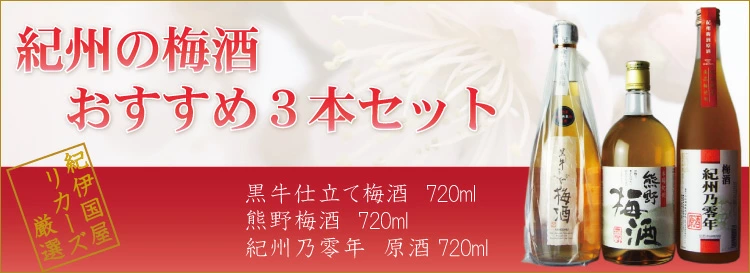
紀州の梅酒おすすめ3本セット(梅酒 紀州和歌山産)おためしセットS黒牛仕立て梅酒/熊野梅酒/紀州乃零年
価格:3,380円
(2022/2/12 18:08時点)
感想(17件)
Koyasan (2) Danjo Garan
The first construction of Koyasan
It is said that Kobo Daishi (Kukai) started with the Danjo Garan when he built Koyasan. Kondo, Daito, and other halls were built based on esoteric Buddhism. The word “Garan” is a transliteration of the Sanskrit word Sanga-arama, which originally meant a quiet and clean place for monks to gather and practice asceticism.
I entered through the new middle gate, which was rebuilt in 2015. There, statues of the Four Heavenly Kings stand at the four corners of the front and back of the gate. The faces are grim, but some of them resemble someone I know. I didn’t take a picture of the wooden plaque with the names on it, so I don’t know which statue was which of the Four Heavenly Kings, but I was able to find out from their belongings.
Circling the Hexagonal Sutra Repository
There are many buildings in Danjo Garan. Passing through the middle gate, people were gathered just to the left. There is a hexagonal sutra storehouse, and some people are circling around the building, pushing a stick stick sticking out from the building. My wife and I took the liberty of interpreting that circling the building was equivalent to reading the sutras stored in the sutra repository, just like a Tibetan mani wheel. We also heard that under the pine tree with three-pronged tokko (three-pronged vajra), if you find a pine leaf divided into three pieces, you will have good luck, so we looked for one, but could not find one. Too bad!
At Kondo, we went inside to pay our respects. The temple enshrines Yakushi Nyorai, the goddess of medicine. Since it is a Shingon sect, of course I prayed while chanting the Shingon mantra. The mantra of Yakushi Nyorai is “On korokoro sendari matsugi sowaka.” I like this mantra because it has my favorite sound “on korokoro” in it. I took this photo from the back of Kondo, looking east and west. Part of the West Pagoda can be seen in the distance to the west, and part of the East Pagoda in the distance to the east.
See the world of esoteric Buddhism in the Kompon Daito
We then entered the Kompon Daito, the main building of Danjo Garan. Unfortunately, we were not allowed to take pictures inside the pagoda, so we were unable to show you pictures. Please visit the site or look around on the Internet. It was a three-dimensional mandala with Dainichi Nyorai (Tainzang-kai) at the center, four Buddhist statues of the Vajrayana world, and sixteen pillars around it depicting sixteen great bodhisattvas. To people living more than 1,000 years ago, this place must have seemed like another world far removed from the floating world. Regardless of whether in the East or the West, religions may have raised people’s faith by showing them things that did not seem out of this world. (To be continued)
Koyasan (2) Danjo Garan
La première construction de Koyasan
On dit que Kobo Daishi (Kukai) a commencé avec le Danjo Garan lorsqu’il a construit Koyasan. Les salles Kondo, Daito et autres ont été construites sur la base du bouddhisme ésotérique. Le mot “Garan” est une translittération du mot sanskrit Sanga-arama, qui signifiait à l’origine un endroit calme et propre où les moines pouvaient se réunir et pratiquer l’ascétisme.
Je suis entré par la nouvelle porte du milieu, qui a été reconstruite en 2015. Là, des statues des quatre rois célestes se tiennent aux quatre coins de l’avant et de l’arrière de la porte. Les visages sont sinistres, mais certains d’entre eux ressemblent à quelqu’un que je connais. Je n’ai pas pris de photo de la plaque en bois sur laquelle sont inscrits les noms, donc je ne sais pas quelle statue représente quel roi céleste, mais j’ai pu le découvrir grâce à leurs effets personnels.
Encercler le dépôt de sutra hexagonal
Il y a beaucoup de bâtiments dans Danjo Garan. En passant par la porte du milieu, les gens étaient rassemblés juste à gauche. Il y a un entrepôt de sutras hexagonal, et certaines personnes tournent autour du bâtiment en poussant un bâton qui dépasse du bâtiment. Ma femme et moi avons pris la liberté d’interpréter que tourner autour du bâtiment équivalait à lire les sutras stockés dans le dépôt de sutras, tout comme une roue mani tibétaine. Nous avons également entendu dire que sous le pin avec le tokko à trois branches (vajra à trois branches), si vous trouvez une feuille de pin divisée en trois morceaux, vous aurez de la chance, alors nous en avons cherché une, mais nous ne l’avons pas trouvée. Dommage !
À Kondo, nous sommes entrés pour présenter nos respects. Le temple consacre Yakushi Nyorai, la déesse de la médecine. Comme il s’agit d’une secte Shingon, j’ai bien sûr prié en chantant le mantra Shingon. Le mantra de Yakushi Nyorai est “On korokoro sendari matsugi sowaka”. J’aime ce mantra car il contient mon son préféré “on korokoro”. J’ai pris cette photo de l’arrière de Kondo, en regardant vers l’est et l’ouest. On peut voir une partie de la Pagode Ouest au loin à l’ouest, et une partie de la Pagode Est au loin à l’est.
Découvrez le monde du bouddhisme ésotérique dans le Kompon Daito.
Nous sommes ensuite entrés dans le Kompon Daito, le bâtiment principal de Danjo Garan. Malheureusement, nous n’avons pas été autorisés à prendre des photos à l’intérieur de la pagode, et nous n’avons donc pas pu vous montrer de photos. Nous vous invitons à visiter le site ou à chercher sur Internet. Il s’agissait d’un mandala tridimensionnel avec Dainichi Nyorai (Tainzang-kai) au centre, quatre statues bouddhistes du monde Vajrayana et seize piliers tout autour représentant seize grands bodhisattvas. Pour les personnes vivant il y a plus de 1 000 ans, cet endroit devait ressembler à un autre monde, bien loin du monde flottant. Que ce soit en Orient ou en Occident, les religions ont pu élever la foi des gens en leur montrant des choses qui ne semblaient pas être de ce monde. (A suivre)
